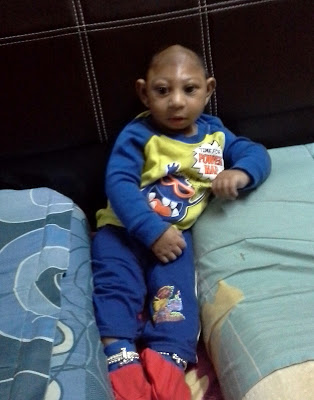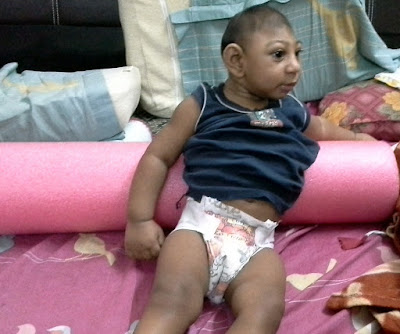Physiology- nutrition
Being a mathematics graduate, I tend to use math in every way possible. When Sai Kishore was 8 months old, I started measuring the nutrients (in addition to just measuring the amount of food) that he consumed everyday. I maintained an excel sheet to log in the values and to check whether he consumed the required amount of nutrients( say omega-3,calcium,iron,etc). I would then try to fit in a diet that would give him all the nutrients over a span of a week.
People said that I was crazy to do such things and a few of them even said that it was really wrong to measure the amount of food that we give to a child.
Now, after attending the course, I realize that what I had been doing so long was right and that IAHP too advises the parents to measure the amount of food and the amount of protein , carbs and fat that the child consumes. This is in order to ensure that the kid receives optimal nutrition.I had been doing this for the past 6 months so I find it easier to follow.
In the next post I will provide information on what foods I feed Sai Kishore,how well it has been working and what changes I have been asked to make.
Being a mathematics graduate, I tend to use math in every way possible. When Sai Kishore was 8 months old, I started measuring the nutrients (in addition to just measuring the amount of food) that he consumed everyday. I maintained an excel sheet to log in the values and to check whether he consumed the required amount of nutrients( say omega-3,calcium,iron,etc). I would then try to fit in a diet that would give him all the nutrients over a span of a week.
 |
| Sample of how the excel sheet looks |
People said that I was crazy to do such things and a few of them even said that it was really wrong to measure the amount of food that we give to a child.
Now, after attending the course, I realize that what I had been doing so long was right and that IAHP too advises the parents to measure the amount of food and the amount of protein , carbs and fat that the child consumes. This is in order to ensure that the kid receives optimal nutrition.I had been doing this for the past 6 months so I find it easier to follow.
I feel that once a good diet routine has been established, it is not required to check every single gram of food the baby eats because you already have an idea about the nutrient value of the food. So I will stop doing this excel sheet work once I have set a balanced meal plan for Sai Kishore. After that point, I will check his diet once in a while to see whether it requies any changes.
LIQUID BALANCE: I have never (accurately) measured the amount of water he drinks. I give him water whenever he feels thirsty.
Now, I have started measuring the amount of liquids that he needs to drink each day so that he doesn't drink too much or too little both of which would cause serious problems. As per the formula provided by IAHP, for his age and weight, he has to drink around 400 ml of liquids everyday.We live in India.Considering the climate here, I have added a 50 ml of liquid allowance which sums up to be 450 ml of liquids per day.
Now, I have started measuring the amount of liquids that he needs to drink each day so that he doesn't drink too much or too little both of which would cause serious problems. As per the formula provided by IAHP, for his age and weight, he has to drink around 400 ml of liquids everyday.We live in India.Considering the climate here, I have added a 50 ml of liquid allowance which sums up to be 450 ml of liquids per day.
In the next post I will provide information on what foods I feed Sai Kishore,how well it has been working and what changes I have been asked to make.































